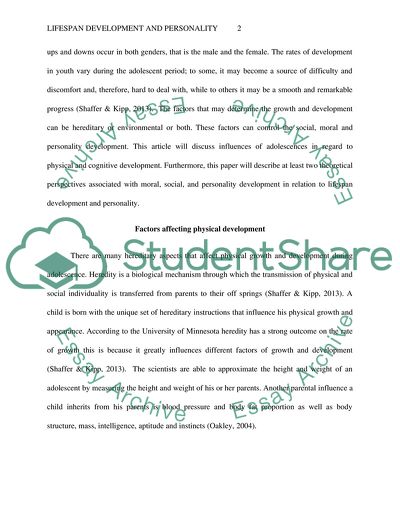Cite this document
(The Lifespan of Personality Development Essay Example | Topics and Well Written Essays - 1250 words, n.d.)
The Lifespan of Personality Development Essay Example | Topics and Well Written Essays - 1250 words. https://studentshare.org/psychology/1828457-lifespan-development-and-personality-paper
The Lifespan of Personality Development Essay Example | Topics and Well Written Essays - 1250 words. https://studentshare.org/psychology/1828457-lifespan-development-and-personality-paper
(The Lifespan of Personality Development Essay Example | Topics and Well Written Essays - 1250 Words)
The Lifespan of Personality Development Essay Example | Topics and Well Written Essays - 1250 Words. https://studentshare.org/psychology/1828457-lifespan-development-and-personality-paper.
The Lifespan of Personality Development Essay Example | Topics and Well Written Essays - 1250 Words. https://studentshare.org/psychology/1828457-lifespan-development-and-personality-paper.
“The Lifespan of Personality Development Essay Example | Topics and Well Written Essays - 1250 Words”. https://studentshare.org/psychology/1828457-lifespan-development-and-personality-paper.


